Summer may be Oregon’s peak outdoor season, but it’s far from Oregon’s only outdoor season. For many Oregonians, fall is the quintessential time to be outside experiencing Oregon’s abundant outdoor bounty. With fewer crowds, generally mild weather and a refreshed palate of autumn hues coloring the landscape, what’s not to love about an Oregon fall? That's why we are thrilled to share Oregon Fall Adventures: the first video in a three-part series highlighting the incredible diversity of outdoor recreation opportunities awaiting you in Oregon.
Created in partnership with Travel Oregon, Outdoor Project, Outlive Creative, Oregon State Parks and Oregon Department of Fish and Wildlife, Oregon Fall Adventures takes viewers on a cinematic sampling of fall adventure possibilities in the Beaver State, from enjoying some of Oregon’s best fall foliage destinations to racing down singletrack in one of Oregon's premier mountain biking regions. As a season known for it’s active wildlife, fall in Oregon wouldn't be complete without an encounter with some of the state’s iconic natives. Following suit, Oregon Fall Adventures highlights opportunities to enjoy Oregon wildlife in their peak season.
Oregon Fall Foliage
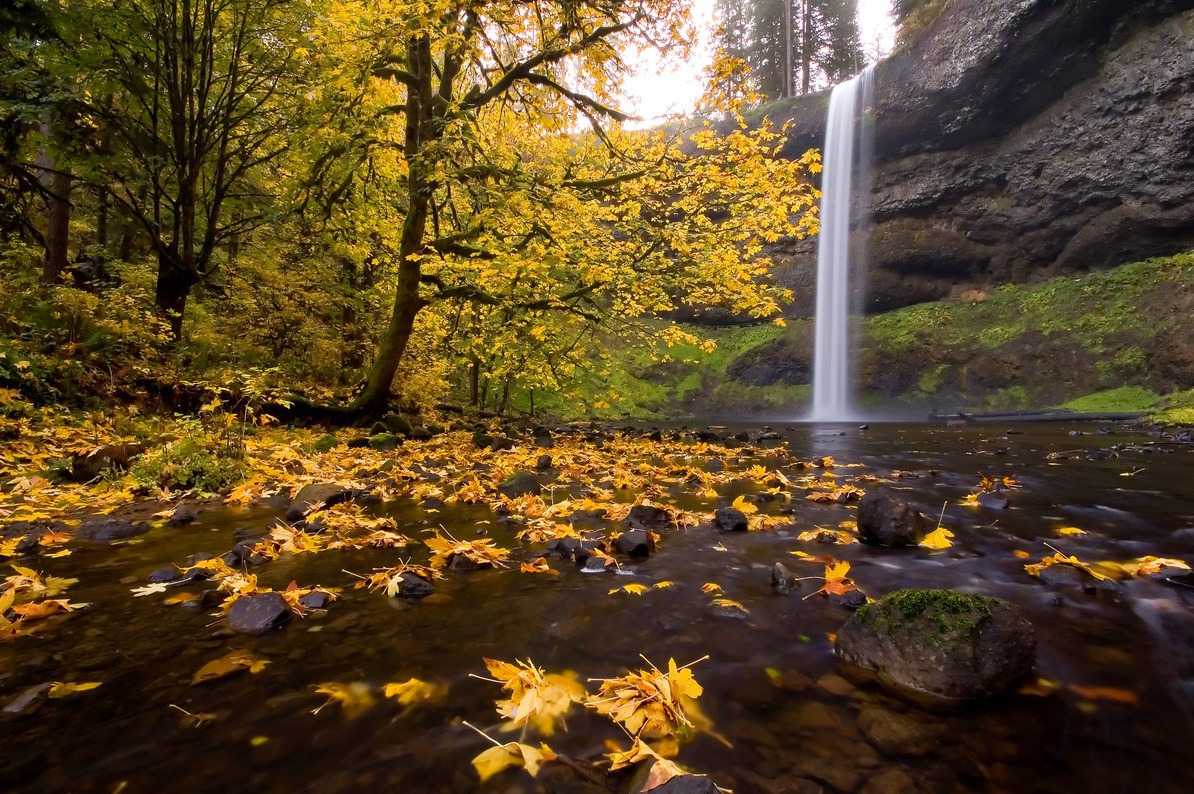
Silver Falls State Park. Photo by Dan Sherman.
Perhaps nothing better represents fall than the annual turning of autumn leaves, when the greens of deciduous trees give way to bright yellows, rusty ochres and fiery reds. This colorful display marks the inevitable shortening of days that coincides with the sun heading south and the transition to winter. For a state well known for it's sea of evergreen forests and high desert, Oregon’s fall foliage array is surprisingly vast: varieties of maples, alders, willows and aspens light up against backdrops of deep coniferous greens and golden-brown landscapes.
Two of Oregon's most impressive settings for fall foliage offer very different but equally stunning scenes. Silver Falls State Park in the Cascade Foothills is home to a waterfall-laden landscape. During fall, colorful bigleaf and vine maples and red alders frame up waterfalls, and pop among old-growth Douglas fir and western hemlock.
In the remote southeast corner of the state, high on Steens Mountain, resides one of Oregon’s largest colonies of quacking aspen. Steens Mountain aspens put on a brilliant fall show, first lighting up yellow, then turning to deeper oranges and reds before their leaves fall. Steens Mountain aspens typically start to turn and peak before Oregon’s other fall foliage regions, often beginning as early as late September.
So what is it that causes deciduous leaves to change color and eventually fall? The U.S. Forest Service tells us that annual leaf turning is triggered most significantly by the lengthening of nights. Once the darkness of autumn nights reaches a threshold duration, cells at the intersection of the leaf and stem begin to divide and block the transportation of important sugars and minerals that keep leaves healthy during the growing season. The chlorophyll production that keeps leaves green is also blocked at the leaf-stem node during this time, and burnt hues reveal themselves once chlorophyll replenishment stops. Later, the same layer of cells that blocked the transportation of nutrients and chlorophyll to the leaf becomes increasingly brittle and eventually breaks, causing leaves to “fall." Temperature, sunlight, moisture, food supply, and longer autumn nights all have an impact on the vibrancy and longevity of fall foliage displays, and these variables also impact the timing of fall foliage from year to year. Scientists are just beginning to learn about how climate change is impacting autumn and fall foliage.
Experiencing Oregon’s autumn color is an accessible fall activity to just about everyone, one that is easily paired with a scenic drive, nature walk or even high-energy mountain bike ride. Peak Fall foliage typically lasts from mid October into early/mid November. The following is a list of some of Oregon's best locations for taking in autumn color (Note: the Columbia River Gorge was omitted this year due to the recent Eagle Creek Fire and related area trail closures).
- Silver Falls State Park: Trail of 10 Falls, Cascade Foothills
- Steens Mountain Backcountry Byway, Southeastern Oregon
- Steens Mountain: Big Indian Gorge, Southeastern Oregon
- Upper Reach of the Deschutes River Trail, central Oregon
- Green Ridge Lookout, central Oregon
- Metolius River Trail, central Oregon
- Forest Park: Maple Trail, Portland
- Kentucky Falls Trail, Central Oregon Coast
- McDowell Creek Falls County Park, Cascade Foothills
- Ramona Falls Trail, Mount Hood
- Clackamas River Trail, Mount Hood
Fall is for Mountain Biking
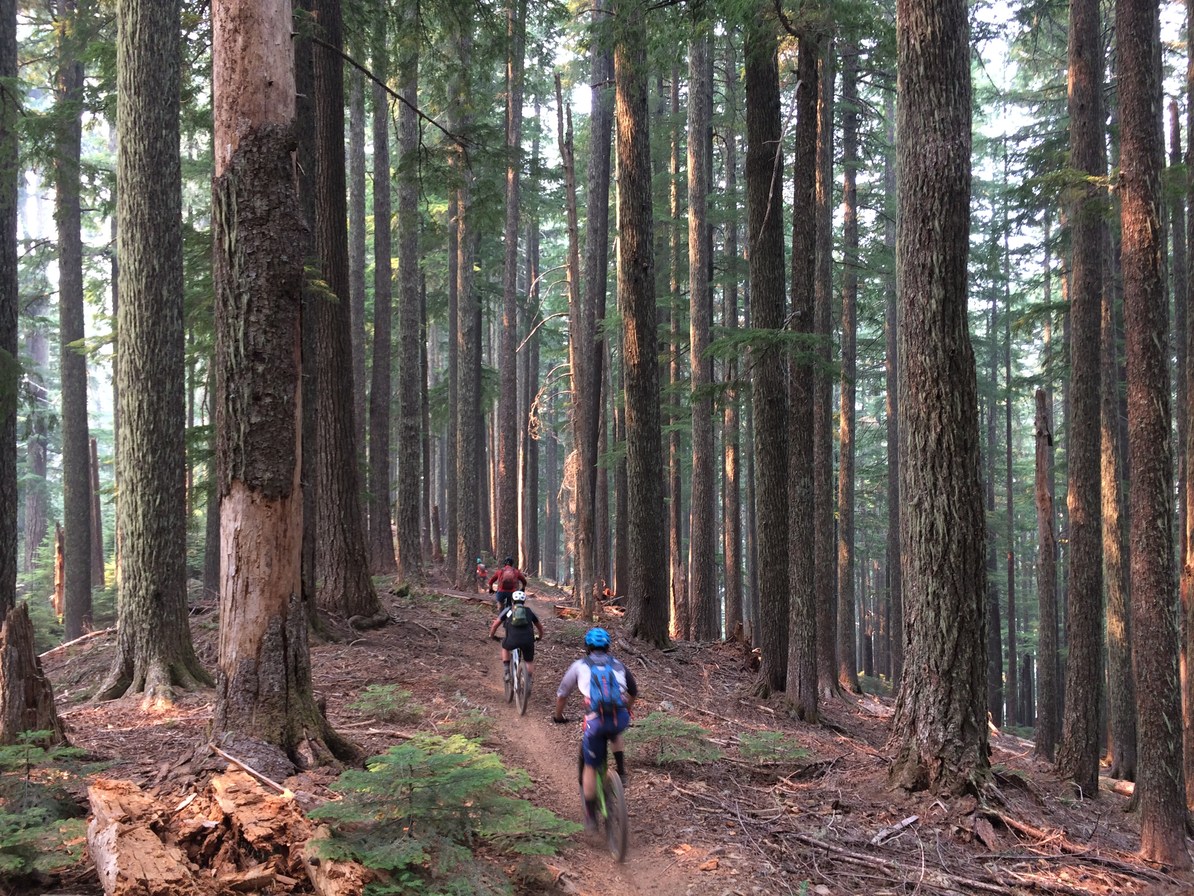
Alpine Trail in Oakridge. Photo by Aron Bosworth.
Whether you chalk it up to a drop in temperature during fall, better traction on the dirt following the first rains, or simply less traffic on the trails, it turns out fall in Oregon is perfect for mountain biking. Before the sogginess and snow of winter hits, Oregon has a window for pristine riding conditions that beckon both local and visiting riders alike.
Oregon’s mountain biking notoriety has grown in recent years thanks to trail network improvements at locations like Oakridge, Black Rock, Mount Hood and Bend. An a couple of Oregon's river trails, like those that parallel the McKenzie and North Umpqua rivers, offer bucket list multi-day rides. During fall, Oregon's mountain biking trails become fall foliage destinations in their own right. The diverse variety of mountain biking in Oregon provides options for all abilities and interests, from 5,000-foot downhills to easy-going scenic fire roads that allow you to take in the view while you ride.
One of the Oregon's top mountain biking destinations that offers a diversity of trails catering to all riding levels is located in the heart of Oregon in and around Bend. Nestled in the rain shadow of the Central Oregon Cascades, Bend’s mountain views, juniper scents, and high desert weather make for an enticing riding locale. Between Bend trails and the trail networks located off the Cascade Lakes Highway that leads up to Mount Bachelor, there is something here for all types of riders.
Ready for an autumn ride? Check out some of these premier Oregon mountain biking options:
- Phil's Trail Complex, Bend
- Sandy Ridge Trail System, Mount Hood
- McKenzie River Trail, Cascade Foothills
- Dallas Trails, Coast Range Foothills
- Alpine Trail, Oakridge
- North Fork Trail, Oakridge
- Salmon Creek + Heckletooth Loop, Oakridge
- North Umpqua River Trail, Southern Oregon Cascades
Peak Season for Wildlife
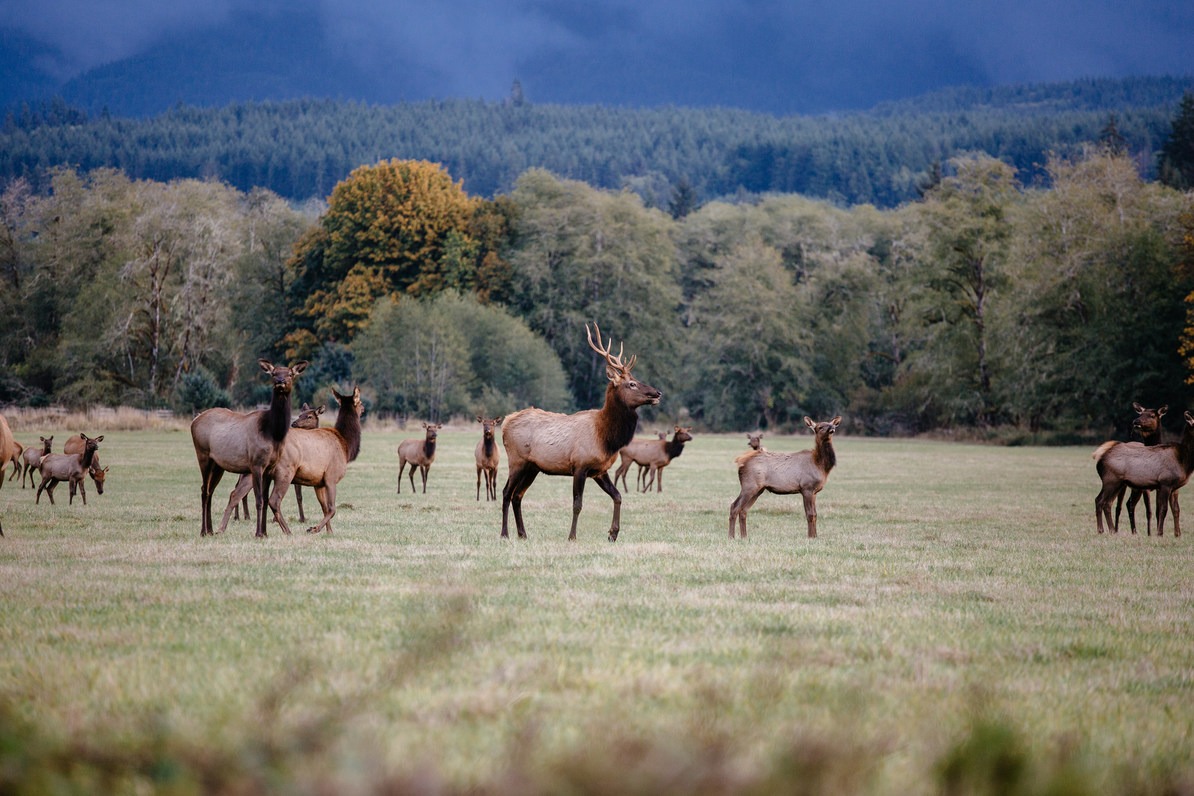
Jewell Meadows Wildlife Area. Photo by Derek Gaumer.
Oregon is home to a unique mix of wildlife, and there’s no better season for wildlife viewing than fall. It’s no coincidence that fall is prime fishing and hunting season; a time when wildlife is predictably active and on the move.
At Jewell Meadows Wildlife Area, a 3,000-acre wildlife refuge located in Oregon’s Coast Range, the breeding season for Roosevelt elk is well underway. Managed by Oregon Department of Fish and Wildlife, Jewell Meadows provides a safe haven and a year-round food source for the roughly 200 elk that can be found grazing here. Jewell Meadows is an ideal place for the public to come see elk in the wild. During the rut, which occurs in early fall, elk are often viewable in the early morning and evening hours out in the meadows. However, your best bet for seeing elk is from November through February when the elk are fed by ODFW to help keep them in the area. Jewell Meadows Wildlife Area is open to the public year round, with elk feeding opportunities open to the public in the winter.
Being coastal, Oregon is home to a unique mix of both land and sea-based wildlife. Perhaps no animal better represents the land-sea connection than salmon, which bring a lifetime of nutrients upstream as they spawn in Oregon rivers and their tributaries. During fall, following the first major rains of the season, Oregon’s rivers swell and experience salmon runs throughout much of the state. Tributaries near fish hatcheries are great places to observe spawning salmon.
For a more hands-on experience, fall also provides the ideal time for crabbing. With a valid shellfish license, a little bit of know-how, and some simple crabbing equipment, just about anyone can enjoy a successful crabbing experience in of Oregon's many coastal bays. Oregon’s most abundant species, Dungeness crab, also happens to be a delicious coastal delicacy. The best time to catch Dungeness crab is during fall, when the crabs tend to be more "filled out" with high quality meat.

Crabbing on the Oregon coast. Photo by Tyson Gillard.
The state’s coastal bays provide the perfect setting for a crabbing adventure. Crabbing can be done as an outfitted activity, like you’ll find at Kelly’s Brighton Marina on Nehalem Bay, or in do-it-yourself fashion with your own gear. Gear can be rented or purchased at shops up and down the Oregon coast. Crabbers should make sure to familiarize themselves with Oregon’s current shellfish regulations and obtain a shellfish license before setting out. Recreational crabbing is open year round in bays, along beaches, tide pools, piers and jetties, and there is with a short window from October 16 through November 30 when crabbing is closed out in the ocean.
Ready to go see some wildlife, or perhaps haul in some Dungeness crab? Consider one of the following locations for an Oregon fall wildlife adventure:
- Jewell Meadows Wildlife Area, Northern Coast Range
- Salmon River Salmon Viewing, Mount Hood
- Eagle Creek Salmon Viewing, Clackamas River
- Ankeny National Wildlife Refuge, Willamette Valley
- Oaks Bottom Wildlife Refuge, Portland
- Winchester Bay Crabbing, Central Oregon Coast
- Nehalem Bay State Park Crabbing, Northern Oregon Coast
- Alsea Bay Clamming, Central Oregon Coast
- Netarts Bay Crabbing, Northern Oregon Coast
Fall in Oregon is the quintessential outdoor season. It’s a time that rewards those who tune in to the rhythms of nature. It’s a time of year when conditions on the trail can be at their prime, yet you may have the trail to yourself. We hope Oregon Fall Adventures inspires you to get outdoors in Oregon this fall. Learn more about the activities in Oregon Fall Adventures in the featured adventures below and by visiting traveloregon.com, oregonstateparks.org and myodfw.com.


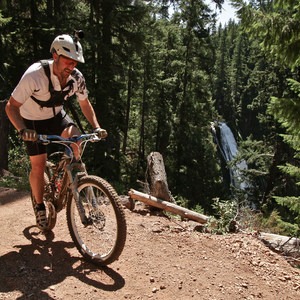
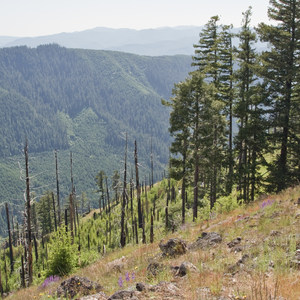
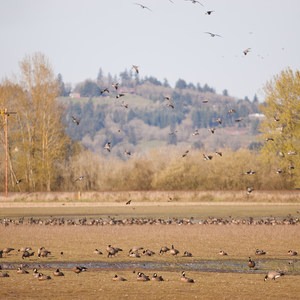
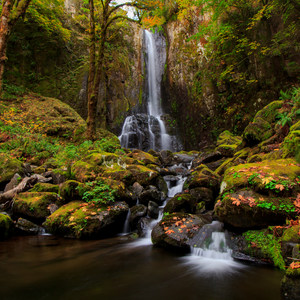
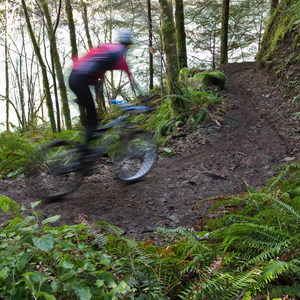
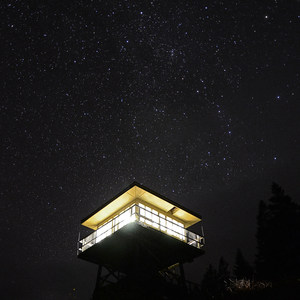
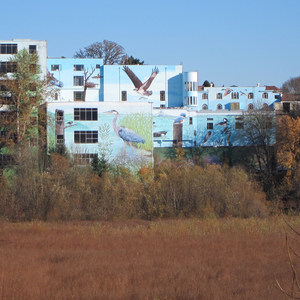
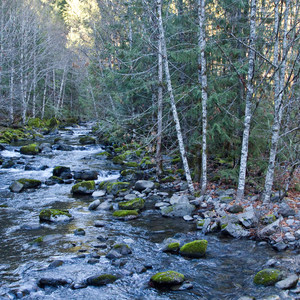



Comments
Sign In and share them.